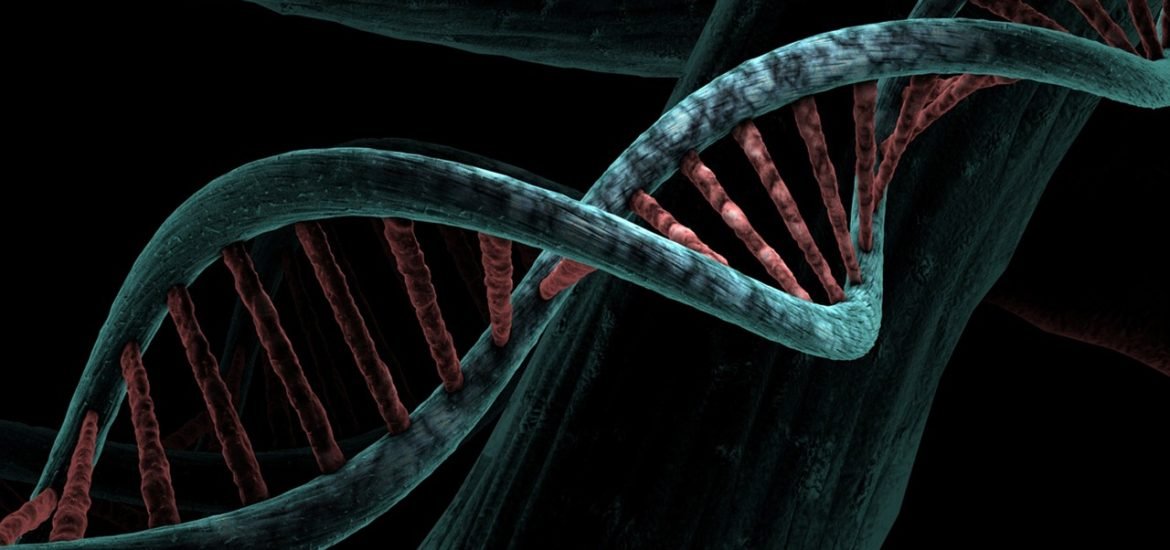
DNA can be used as a reliable way to store a large amount of digital information. Saving the information in DNA is easy, but retrieving it or changing it is proving quite tricky so far. Now, a team of French and Japanese researchers has developed a new method to use enzymes to read the data stored, according to a study published in Nature.
Nature has the best solution to store massive amounts of information. Researchers can use DNA to store digital data by converting binary into four different letters (A, T, C, and G). But is it possible to find a specific piece of information once it’s stored in DNA? How can DNA-encoded data be manipulated directly without converting it back into electronic data?
To answer these questions, a team from the University of Tokyo in Japan and CNRS in France developed a new approach using enzymes and artificial neurons to manipulate DNA data directly.
The researchers used three enzymes to design artificial neurons that can recreate a neural network and perform complex calculations (identical to actual neurons). The artificial neurons can manipulate data stored on DNA strands and show the results as fluorescent signals. These calculations were further refined by assembling two layers of the artificial neurons and using microfluidic miniaturization of reactions, allowing tens of thousands of calculations to take place.
This work is the fruit of a decade of work between French biochemists and Japanese microfluidics engineers. The authors defend this work may eventually allow for better screening of some diseases and create gigantic DNA-encoded databases.
One of the main advantages is that — if kept away from water, air, and light — DNA can stay preserved for hundreds of thousands of years without any energy input. In addition, a capsule only a few centimeters in diameter can store up to 500 terabytes of digital data.
The authors expect that by 2025, the total volume of digital data generated by humans will reach 175 zettabytes (1021 bytes—i.e., 175 billion trillions). Given that current methods of storage are bulky, fragile, and energy-intensive, DNA may prove to be the best option for the future. Organising DNA storage will be the PEPR MoleculArxiv goal, a research program provided by CNRS.
Okumura, S., Gines, G., Lobato-Dauzier, N. et al. Nonlinear decision-making with enzymatic neural networks. Nature 610, 496–501 (2022). https://doi.org/10.1038/s41586-022-05218-7